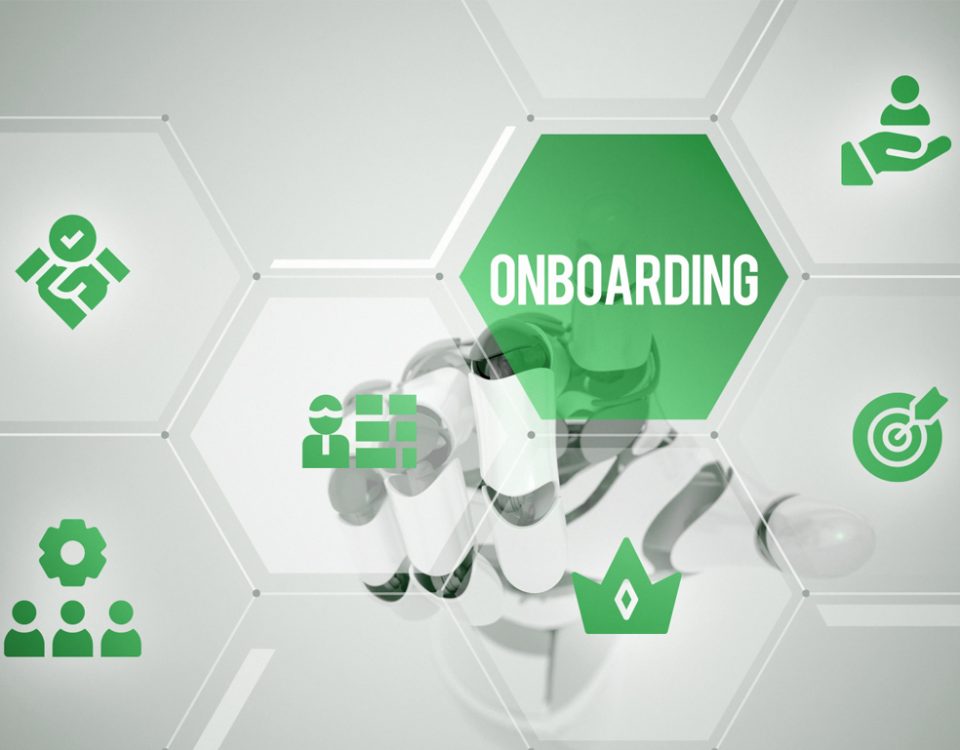
How the latest video and animation technology can make your training content do more for less
June 8, 2023
Mastering Change Management: The Organizational Change Hat-trick
June 8, 2023Author

Sahil Samtani
Health and Safety eLearning in Manufacturing & Machinery
Online training modules have become a norm across all businesses. From policy to technical training, across industries from manufacturing to pharmaceuticals, eLearning is becoming increasingly popular as more companies are beginning to leverage its power to cut costs and save time at no cost to the quality of training. Health and safety training is a very visual and demonstration-heavy practice. Some people doubt that eLearning can translate to health and safety as effectively as less hands-on training. This is especially true for industries that handle heavy machinery like manufacturing, construction, aviation, and automobile assembling. However, these same industries are the ones that need to protect their people from occupational hazards the most, and the wide range of advantages of online training make eLearning an even more enticing option if you can make it work. So, let’s look at some of the best ways eLearning brings health and safety training online.
Animated Demonstrations
- Low investment cost
- Fast production times
- Great for visual demos
Videos and animations have been one of the most effective ways to teach technical processes. Cross-section cutouts help tremendously with visual learning and memory retention. These same advantages make video learning and animated demonstrations incredibly effective for accident-prevention training. High-risk environments and occupational hazards and accidents can be clearly shown. Risks are made clear, and worst-case scenarios are showcased so learners can quickly identify risk factors and how to prevent them. You can find some of our video and animation training modules here. You can also download a sample case study or speak to a professional.
Gamified Demonstrations
- High memory retention
- Motivated learners
- Interactive and practical
Gamification has quickly become the most popular technique in eLearning for how well it engages learners and incentivizes memory retention. Gamification has had a tremendous impact on health and safety training. Training modules followed by point-based gamified assessments result in 89% better performance than non-gamified quizzes and assessments. These gamified modules can also motivate teams to enjoy training and creates an upskilling-conducive workplace. Take a look at how we can help you with gamified solutions here.
Mobile Modules
- Location flexibility
- Effectiveness regardless of digital infrastructure
- Convenience for travelling employees
While mobile learning can be used in combination with many of the other techniques on this list, it’s important to mention it separately because of its special advantages. Mobile learning introduces the ability to train employees on the move and is especially useful for companies with lots of employees either working from a location with limited tech infrastructure or moving from location to location during work. Having access to training on a phone ensures employees will never delay training because of a lack of infrastructure. This can be especially important for jobs like on-site engineers and technicians who regularly encounter workplace hazards and need to be especially wary of them, so completing new health and safety training as early as possible is very important. Find out more about mobile learning modules here.
Virtual Reality Simulations
- High-fidelity interface
- Fully practical demonstrations
- Higher technical requirements
Virtual reality is one of the newest major technologies in the eLearning space and is creating a tremendous amount of buzz. Simulations can be a great way to teach technical as well as health-and-safety training in on-the-job simulations where learners are expected to perform tasks safely or react to occupational risks and hazards appropriately. While these advantages of virtual reality can be incredibly appealing, it’s important to note that virtual reality systems generally take much longer to build and cost more than most other eLearning systems. You can learn more about virtual reality simulations here.
Blended Learning Sessions
- Digitally assisted classrooms
- Online assessments for physical training
- Automation to help trainers focus on training
In some cases, a purely digital solution might be impractical. In these cases, it may still be worth it to engage in a physical classroom environment or physical demonstration. However, even in these cases, training can be expedited and made more effective by combining both digital and physical learning techniques into a single training. Blended learning—also called hybrid learning—represents the fusion of physical and digital training methods in a way where each makes up for the shortcomings of the other. A digitally-assisted class may include tutorial videos before practical demonstrations or reference documents and refreshers to support knowledge retention. You can find out more about our blended learning solutions here. If you’re still unsure about the kind of techniques you’re looking to use to optimize your online health and safety training, you’re not alone! Many of our clients have had similar concerns. We’re happy to walk you through the process, understand your needs, and have our learning advisors give you experienced feedback on what kind of approach might be best for your company. You can find our health and safety page here, where you can request a free consultation.
Related services
Product Engineering



